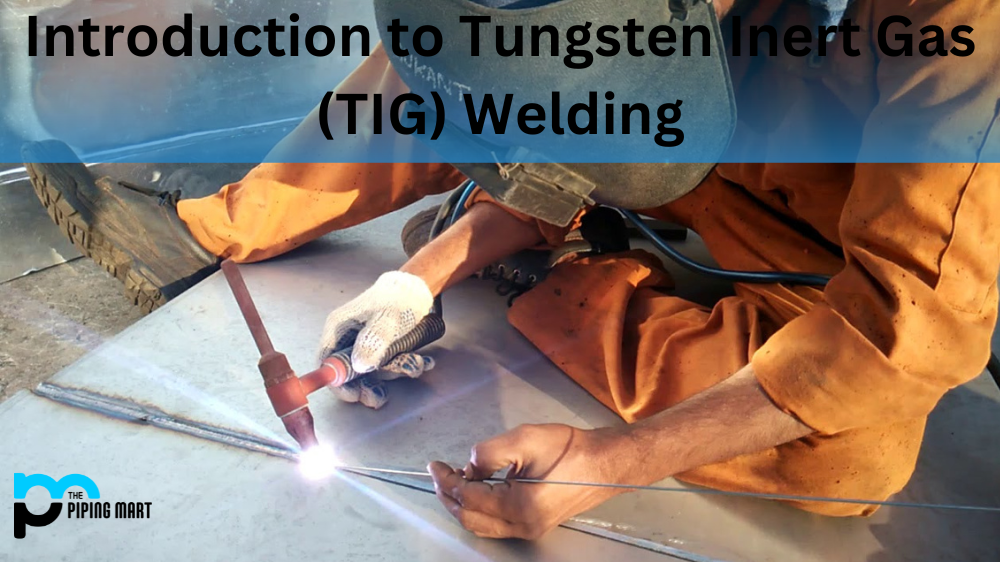Tungsten inert gas welding, also known as TIG welding, is a type of welding that is commonly used in the fabrication of brass round bars and other metal components. It utilizes an electric arc created between a tungsten electrode and the metal component being welded, which then melts the two pieces together. In this blog post, we’ll provide an overview of how TIG welding works and its advantages over traditional welding methods.
TIG Welding Process
Tungsten inert gas (TIG) welding is a specialized process that involves using a non-consumable tungsten electrode and an inert shielding gas to create an electric arc. This arc then melts the metal components being welded together, allowing them to fuse into one solid piece. The tungsten electrode can be made from pure, thorium, or lanthanum oxide. As for the shielding gas, it is typically argon or helium that is used to protect the weld area from any oxygen contamination.
- Tungsten Inert Gas (TIG) welding is a type of welding that uses a non-consumable tungsten electrode to produce the weld.
- The tungsten electrode is heated by an electric arc and creates a pool of molten metal that is used to fill the joint between two pieces of metal.
- TIG welding can be used on various metals, including aluminum, stainless steel, and titanium.
- One of the benefits of TIG welding is that it can be used to create very strong welds.
- TIG welding also produces very little smoke and fumes, making it a safer option than other types of welding.
Advantages of TIG Welding
One of the main advantages of using TIG welding over conventional methods like oxy-acetylene or MIG/MAG (Metal Inert Gas/Metal Active Gas) welding is that it requires very little heat input into the work piece during the process. This makes it ideal for delicate work pieces such as thin sheets or brass bars where heat input must be kept at a minimum to prevent warping or distortion. Additionally, since no consumable electrodes are used in this method, there are no slag deposits left on the weld surface after completion – making it easier and faster to clean up afterward! Finally, this type of welding also offers superior control over heat input since you can adjust current and voltage while working.
Conclusion:
In conclusion, tungsten inert gas (TIG) welding has many advantages compared to traditional methods like oxy-acetylene or MIG/MAG (Metal Inert Gas/Metal Active Gas). It requires minimal heat input into the work piece while providing superior control over current and voltage settings during operation. This makes it perfect for delicate applications such as brass round bar weight calculation formula calculations where precision is key! If you’re looking for an efficient way to weld your metal components with accuracy and precision – look no further than TIG welding!

A passionate metal industry expert and blogger. With over 5 years of experience in the field, Palak brings a wealth of knowledge and insight to her writing. Whether discussing the latest trends in the metal industry or sharing tips, she is dedicated to helping others succeed in the metal industry.




